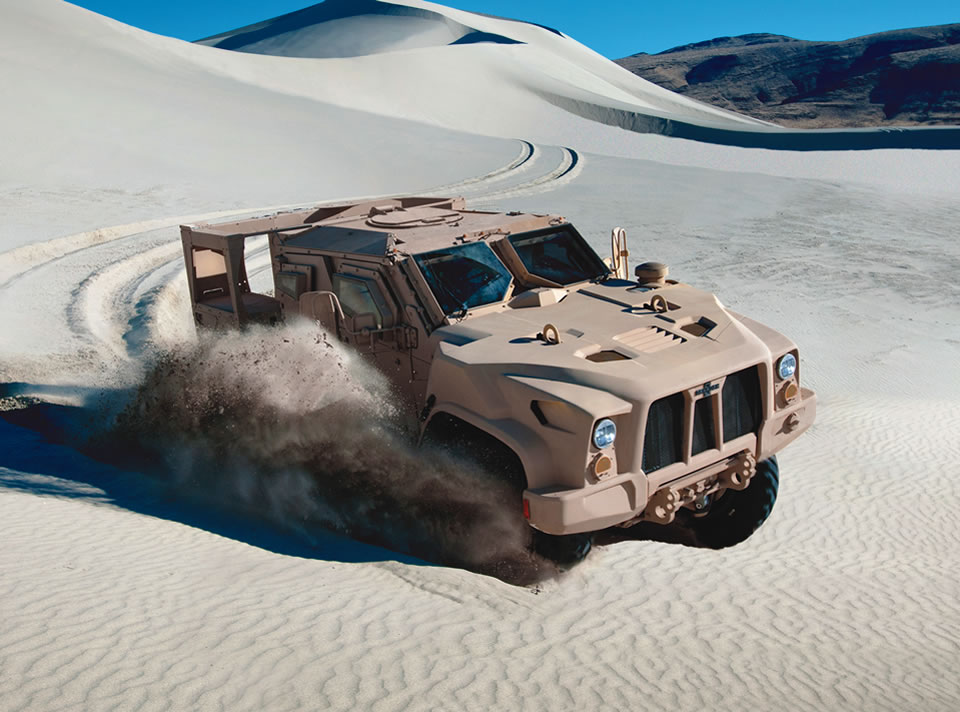
Preparing for the next phase in the Joint Light Tactical vehicle (JLTV) program, the U.S. Army Tacom Life Cycle Management Command in Warren Michigan gathered six proposals yesterday, for the upcoming 27 month Engineering and Manufacturing Development (EMD) phase.
Up to three bidders will be picked for this phase awarded contracts worth up to $65 million for the final element of the development program, leading to the selection of the prime contractor sometime in the summer of 2014. The winner will pocket a multi-year contract worth six billion dollars, production orders spread over the next seven years could call for the delivery of at least 52,500 tactical vehicles worth up to $250,000 each, for the Army and Marine Corps.
The government plans to award up to three EMD contracts in June of this year. Each contractor will deliver 22 vehicles and other test articles for evaluation. Two JLTV variants will be built under the EMD phase, a Combat Tactical Vehicle that can carry four troops (or 3,500 pounds) and the Combat Support Vehicle that carries two, with additional 1,600 pounds payload (total 5,100 pounds).
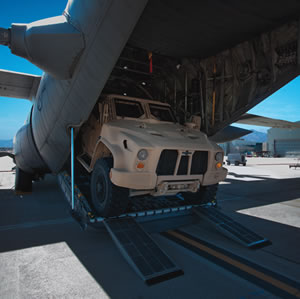
Opening the EMD phase to new bidders, as the Army planned, provided an opportunity for Oshkosh Defense, who waited patiently after losing the previous Technology Demonstration (TD) phase. In the past two years Oshkosh has developed and tested its own version of JLTV, called ‘Light Tactical All-Terrain Vehicle’ (L-ATV), bringing the new design to a maturity level required by the Army. According to Oshkosh the lightweight, air transportable L-ATV offers MRAP-level protection with high off-road mobility – capabilities currently offered by the heavier and larger M-ATV. “Through disciplined engineering and extensive testing, the L-ATV is proved to meet or exceed JLTV requirements”, Oshkosh said in a statement. The vehicle is fitted with the TAK-4i intelligent independent suspension system delivering high performance and agility on and off road, in rough or urban terrain. According to Oshkosh, the vehicle can be equipped with the ProPulse hybrid diesel-electric drive train providing 70 kW of exportable power to save fuel consumption and support deployed units.
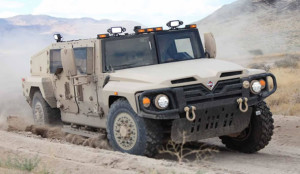
JLTV is becoming the first market test for the Navistar’s new ‘Saratoga’. This lightweight vehicle was designed from baseline to offer flexible, modular growth, supporting different levels of protection and high mobility. The basic version is powered by a MaxxForce 6D V8 diesel developing 340 HP and 660 lb-ft of torque. It is built to withstand ballistic small arms fire, mines and IED blasts, without sacrificing mobility or payload capability. “We made a significant investment in developing the Saratoga on our own nickel because that’s what we do commercially – it is part of our DNA,” said Archie Massicotte, president, Navistar Defense. “The Saratoga is a solid design and now that we have seen the requirements of the JLTV migrate toward our vehicle capabilities, we are in a position to modify the Saratoga to fit those requirements.”
Sofar the Saratoga has not been part of the JLTV evaluation program. Navistar launched in October after conducting its own automotive and blast testing, Saratoga was originally designed to target a gap in the light tactical vehicle market. It was designed as a flexible platform, derived from an integration strategy that allows the company to rapidly develop new vehicle variants to meet different customer needs while keeping investment costs low.
The split between Sterling Heights, Michigan BAE Systems and Navistar that created two competing teams was revealed days prior the deadline, but was written on the wall for months. It followed Navistar Defense decision in October last year, to develop its own light tactical vehicle called Saratoga. BAE System remained with the Valanx vehicle developed with its former partner, but without Navistar’s MaxxForce engine, BAE had to shop for another source for an engine. As a result, it has struck a deal with the Ford Company, integrating the commercially proven Power Stroke 6.7-liter turbocharged diesel engine to power the Valanx. The same engine powers many of the Ford truck F-Series Super Duty truck family, used for military, security and specialty vehicles.
Another division of BAE Systems, based in Sealy Texas, is partnered with Lockheed Martin and Meritor Defense, offering a new family for the JLTV. Lockheed Martin established its JLTV department in 2005 and has been testing the vehicle for several years now, under a company funded testing plan conducted in parallel to the Army-Marine Corps plan. According to Scott Greene, vice president of ground vehicles at Lockheed Martin’s Missiles and Fire Control business, many improvements were implemented following the lessons learned through the TD phase. “These improvements removed hundreds of pounds of weight from our TD design, which was already proven in helicopter lift tests,” said Greene. “With more than 160,000 combined testing miles behind us, we’ve demonstrated our JLTV can reliably meet protection standards of many existing mine-resistant vehicles in combat today. This vehicle is ready to meet our customers’ needs with lower-cost materials at full-rate production.”
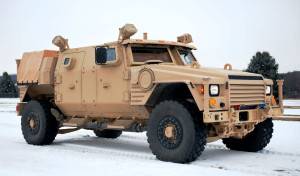
Throughout 2010 and 2011, the team took lessons learned from JLTV’s extensive testing and applied them to an evolved design. The team accomplished this through digital engineering analysis, virtual design builds, component tests and physical stress testing. “Our EMD design lowers the cost of each vehicle, and not just through economies of scale,” said Kathryn Hasse, JLTV program director at Lockheed Martin. “We have incorporated more affordable materials and reduced exotic metals such as titanium. This was accomplished while maintaining the significant blast protection and vehicle capability already demonstrated.” According to Hasse, the current design proposed for the EMD uses a diesel engine but future configurations could also use alternative propulsion systems such as hybrid diesel-electric systems, if and when they become mature for military use. The core Lockheed Martin-led JLTV team includes the tactical wheeled vehicles team at BAE Systems in Sealy, Texas, complemented by numerous Tier 1 automotive suppliers, including: Cummins Engine, Allison Transmission, Bosch, Meritor Defense, Lotus Engineering, L3 Combat Propulsion Systems and Vehma International of America.
The joint venture between General Dynamics Land Systems and AM General has also continued to the EMD phase, competing now for an EMD contract. The team offers the Eagle, which uses a Double-V hull design to beef up belly protection from mines and IEDs. According to Mark Roualet, president of General Dynamics Land Systems, the Eagle represents a low risk choice that builds on the company’s heritage of large-scale military production programs.
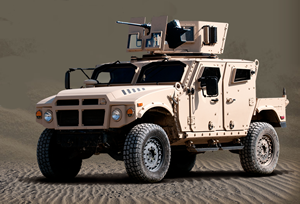
AM General is also pursuing a unilateral path, offering the ‘Blast Resistant Vehicle Off-Road’ (BRV-O in short). According to AM General, the vehicle meets or exceeds all JLTV program evaluation criteria It in off-road mobility, proven blast and ballistic protection through capsule and modular armor and capability to deploy by land, air and sea with 3,500 pound payload., and surpasses requirements for speed, range and on-board electrical power and stowage. The vehicle has matured through more than 300,000 miles of testing and use of production-stage critical components.
In addition to the JLTV the US Army is also pursuing a new program to replace the M-113. The vehicle known as Armored Multi-Purpose Vehicle (AMPV), this will most probably be a tracked vehicle, one of the considerations is to use the M2/M3 Bradley chassis or its derivatives to replace the M-113s in the heavy brigades. AMPV is expected to offer better mobility and survivability, compared with the M113 armored personnel carrier. A request for proposals is expected to be issued in early 2013.



















